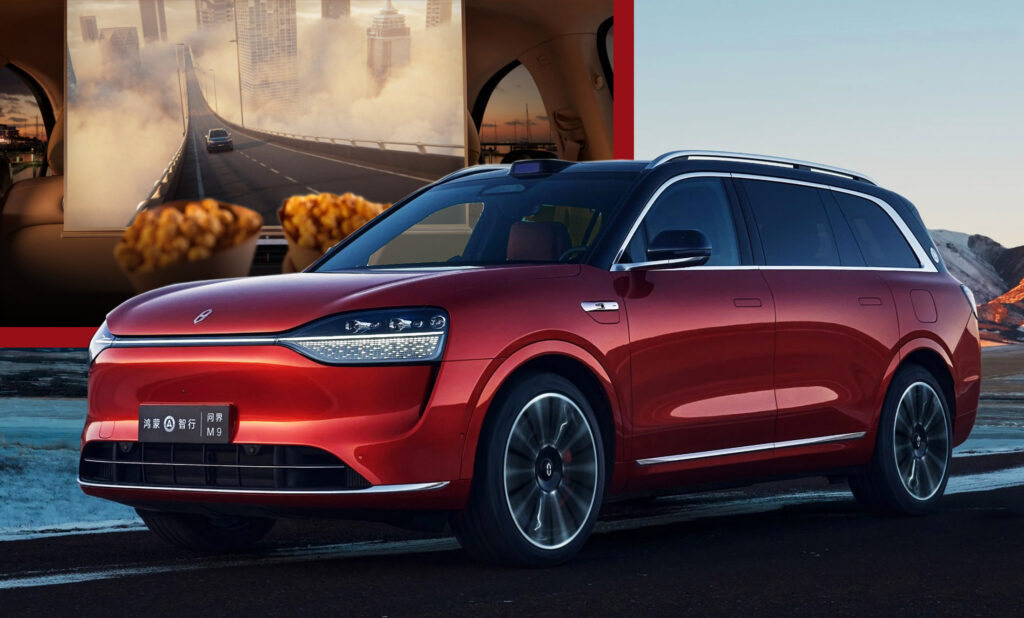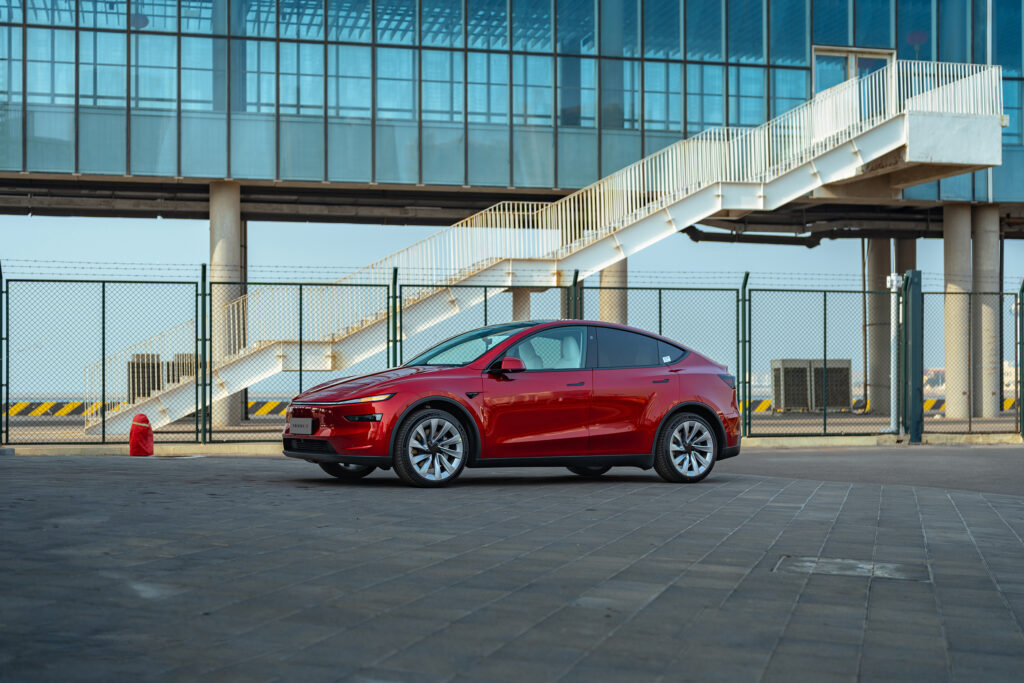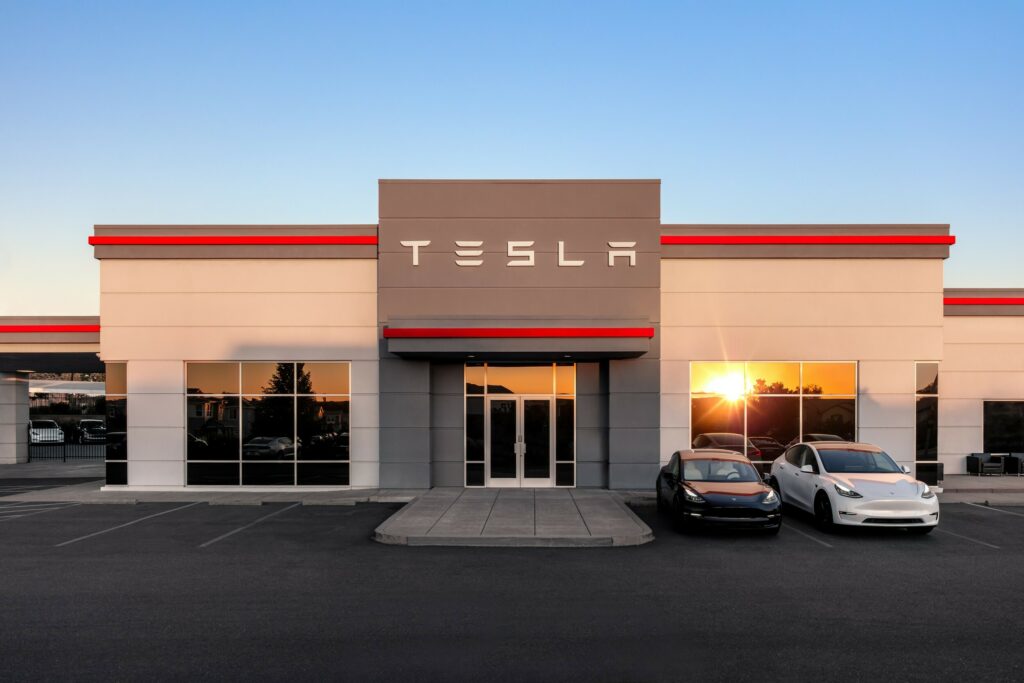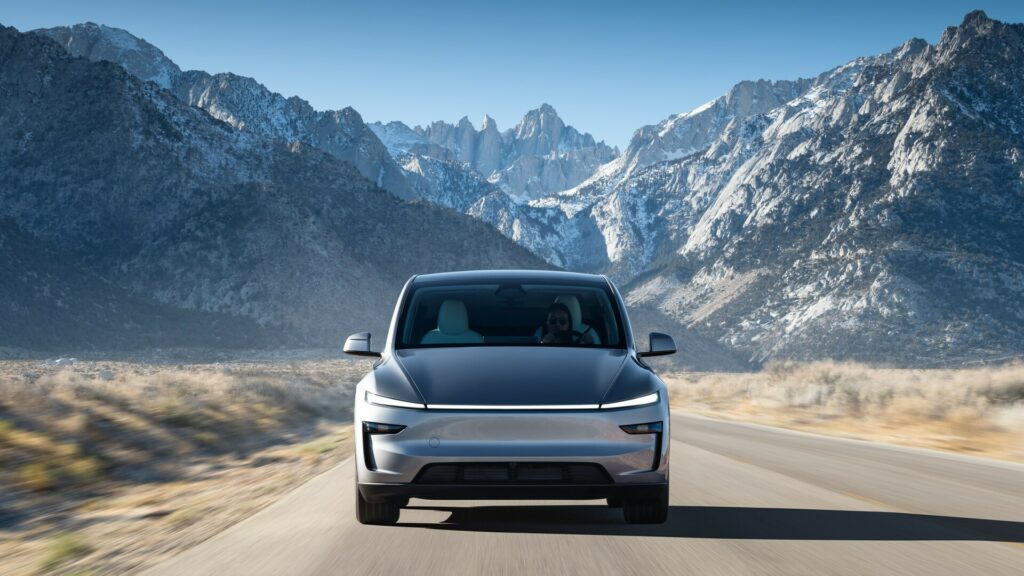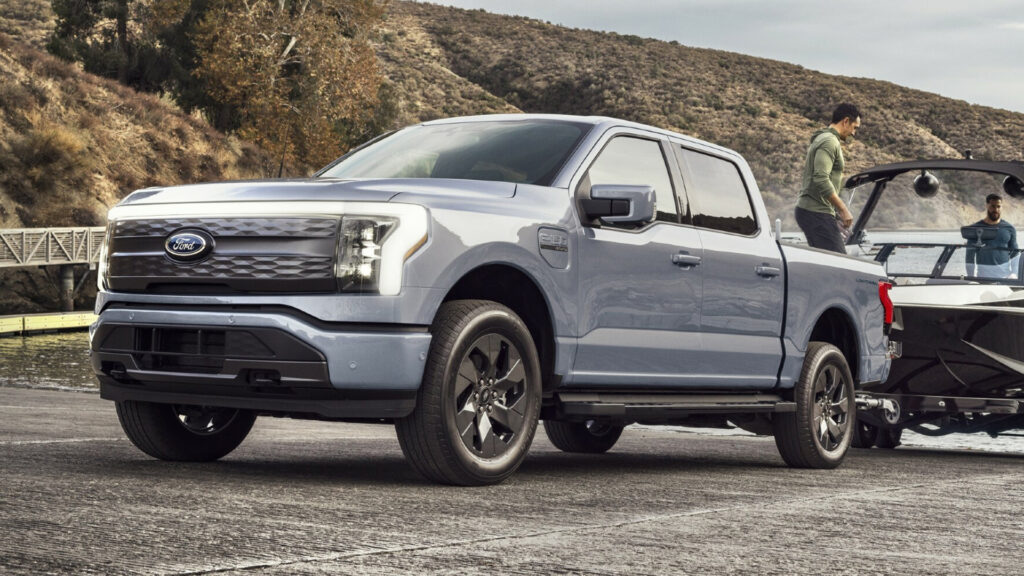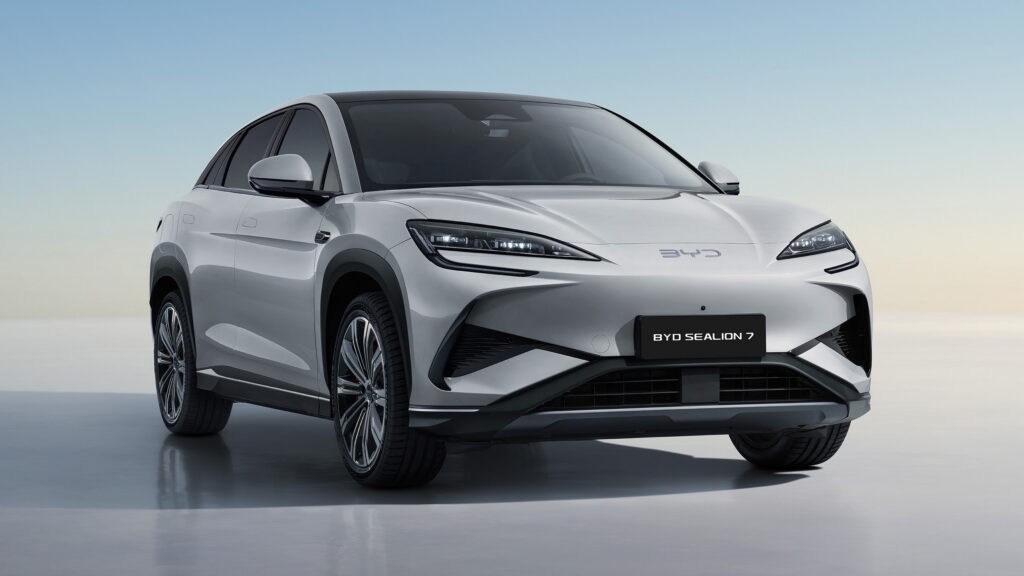MACON, Ga.- Blue Bird Corporation (“Blue Bird”) (Nasdaq: BLBD), the leader in electric and low-emission school buses, announced today its fiscal 2025 second quarter results.
“I am incredibly proud of our team in delivering another outstanding result, achieving a new all-time quarterly record revenue and profit,” said John Wyskiel, President & CEO of Blue Bird Corporation. “The Blue Bird team continued to exceed expectations, improving operations, driving new orders, and expanding our leadership in alternative-powered buses. Market demand remains very strong with approximately 4,900 units in our order backlog at the end of the second quarter. Unit sales were slightly above the same period as last year, and revenue was up by $12.9M, driven by product mix and pricing. We delivered an exceptional 14% Adj. EBITDA margin for Q2 2025. With 88% of our second quarter unit sales mix comprised of internal combustion engine (ICE) buses, this result demonstrates the very strong earnings power of our core business.
“In our push to expand our leadership in alternative-powered school buses, we delivered a record 265 electric-powered buses this quarter. As of the end of the quarter, we have more than 1,100 EV buses either sold or in our firm order backlog, which supports our EV sales target for 2025.
“Based on our strong Q2 performance, we’ve maintained our full-year financial guidance for Adjusted EBITDA at $200 million, with a 14% margin. This will be an all-time full-year record for Blue Bird, and we look forward to sustained profitable growth in the coming years.”
FY2025 Guidance and Long-Term Outlook Reaffirmed
“We are very pleased with the second quarter results, with our highest ever quarterly revenue and Adj. EBITDA” said Razvan Radulescu, CFO of Blue Bird Corporation. “Our business is in a very strong position and we continue to deliver ahead of the plan we have been messaging. We are reaffirming our full-year 2025 guidance for Net Revenue to $1.4-1.5 Billion, Adj. EBITDA to $190-210 million and Adj. Free Cash Flow to $60-80 million. Additionally, we are confirming our long-term profit outlook towards an Adjusted EBITDA margin of 15%+ on ~$2 billion in revenue.”
Fiscal 2025 Second Quarter Results
Net Sales
Net sales were $358.9 million for the second quarter of fiscal 2025, an increase of $12.9 million, or 3.7%, compared to $345.9 million for the second quarter of fiscal 2024. The increase in net sales is primarily due to a small increase in Bus unit bookings as well as Bus customer and product mix changes that were partially offset by a small decrease in Parts sales.
Bus sales increased $14.8 million, or 4.6%, reflecting a 1.8% increase in unit bookings and a 2.8% increase in average sales price per unit. In the second quarter of fiscal 2025, 2,295 units booked compared to 2,254 units booked for the same period in fiscal 2024. The small increase in unit price for the second quarter of fiscal 2025 compared to the same period in fiscal 2024 was primarily due to customer and product mix changes.
Parts sales decreased $1.8 million, or 6.5%, for the second quarter of fiscal 2025 compared to the second quarter of fiscal 2024. This decrease is primarily attributed to slight variations due to product and channel mix.
Gross Profit
Second quarter gross profit of $70.9 million represented an increase of $7.2 million from the second quarter of last year. The increase was primarily driven by the $12.9 million increase in net sales, discussed above, and partially offset by a corresponding increase of $5.7 million in cost of goods sold.
Net Income
Net income was $26.0 million for the second quarter of fiscal 2025, the same as from the second quarter of last year. Among other smaller fluctuations, the $7.2 million increase in gross profit, discussed above, was offset by an increase of $9.6 million in selling, general and administrative expenses, primarily due to an increase in a) share-based compensation expense recorded in the second quarter of fiscal 2025 relating to the retirement of our former President and Chief Executive Officer and b) labor costs.
Adjusted Net Income
Adjusted net income of $31.5 million represented an increase of $2.3 million from the second quarter of last year. The increase was primarily driven by a tax effected increase of $3.7 million in share-based compensation expense, largely relating to the retirement of our former President and Chief Executive Officer, and partially offset by a tax effected $1.4 million in stockholder transaction costs that was present in the second quarter of last year, with no such expense in the current year.
Adjusted EBITDA
Adjusted EBITDA was $49.2 million, which was an increase of $3.5 million compared with the second quarter of fiscal 2024. The increase primarily relates to the $4.9 million increase in share-based compensation expense and $1.9 million decrease in stockholder transaction costs, both discussed above.
Year-to-Date Fiscal 2025 Results
Net Sales
Net sales were $672.7 million for the six months ended March 29, 2025, an increase of $9.1 million, or 1.4%, compared to $663.6 million for the six months ended March 30, 2024. The increase in net sales is primarily due to a small increase in Bus unit bookings as well as Bus customer and product mix changes that were partially offset by a small decrease in Parts sales.
Bus sales increased $9.5 million, or 1.5%, reflecting a 1.0% increase in units booked and a 0.6% increase in average sales price per unit. 4,425 units booked in the six months ended March 29, 2025 compared with 4,383 units booked during the same period in fiscal 2024. The small increase in unit price for the first six months of fiscal 2025 compared to the same period in fiscal 2024 was primarily due to customer and product mix changes.
Parts sales decreased $0.3 million, or 0.6%, for the six months ended March 29, 2025 compared to the six months ended March 30, 2024. This small decrease is primarily attributed to slight variations due to product and channel mix.
Gross Profit
Fiscal year-to-date gross profit was $131.2 million, an increase of $4.0 million from the same period in the prior year. The increase was primarily driven by the $9.1 million increase in net sales, discussed above, and partially offset by a corresponding increase of $5.2 million in cost of goods sold.
Net Income
Net income was $54.8 million for the six months ended March 29, 2025, a $2.6 million increase from the same period in the prior year. The increase in net income was primarily driven by the $4.0 million increase in gross profit, discussed above.
Adjusted Net Income
Adjusted net income was $62.1 million for the six months ended March 29, 2025, an increase of $3.2 million compared to the same period in the prior year. This is primarily due to the $2.6 million increase in net income, discussed above.
Adjusted EBITDA
Adjusted EBITDA was $95.0 million for the six months ended March 29, 2025, an increase of $1.6 million compared to the same period in the prior year. This is primarily due to the $2.6 million increase in net income, discussed above.
About Blue Bird Corporation:
Blue Bird (NASDAQ: BLBD) is recognized as a technology leader and innovator of school buses since its founding in 1927. Our dedicated team members design, engineer and manufacture school buses with a singular focus on safety, reliability, and durability. School buses carry the most precious cargo in the world – 25 million children twice a day – making them the most trusted mode of student transportation. The company is the proven leader in low- and zero-emission school buses with more than 20,000 propane, natural gas, and electric powered buses in operation today. Blue Bird is transforming the student transportation industry through cleaner energy solutions. For more information on Blue Bird’s complete product and service portfolio, visit www.blue-bird.com.
The post Blue Bird Reports Fiscal 2025 Second Quarter Results; Beats Second Quarter Guidance With Record Result; Reaffirms 2025 Guidance and Long-Term Outlook appeared first on School Transportation News.


